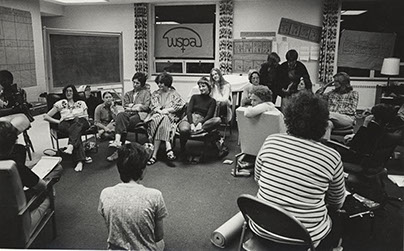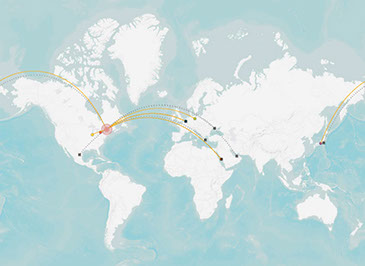Educational Missionaries and Architecture
Housing for Spatial Justice
Trajectories
This research focuses on Women’s School of Planning and Architecture (WSPA), an itinerant meeting of woman architects in North America for intense 2-3 week periods from 1974 to 1981. Women’s Movement had gained momentum by the early 1970s. As part and parcel of this movement, woman architects started organizing through conferences and local associations. Their demands were generally establishment related, i.e., about fairness and equality at schools and in the workplace.
In collaboration with Dr. Gökçe Kınayoğlu

American protestant missionary schools in the former Ottoman Empire were originally conceived for proselytizing purposes, but they soon detached themselves from their denominations to offer science-based, liberal education. Zooming in on case studies from the port cities of Izmir (Turkey) and Beirut (Lebanon), this project examines the communicative role of architecture not only in the transcultural context of missionary efforts of building schools but also in the formation of communities, and cross-cultural networks in a global context.
Supported by FQRSC and SSHRC.
Networks of Architectural Education focuses on professional undergraduate training at the School of Architecture. We want to find out how our undergraduates use their education: What careers paths do they take? How has their education at McGill shaped their lives?
Using data we collect from a short survey, we will map and visualize the career paths our alumni have taken. We want to understand the multiple ways is architecture practiced, and to highlight the varied careers architectural education can lead to.
In collaboration with Dr. David Theodore


At McGill University School of Architecture